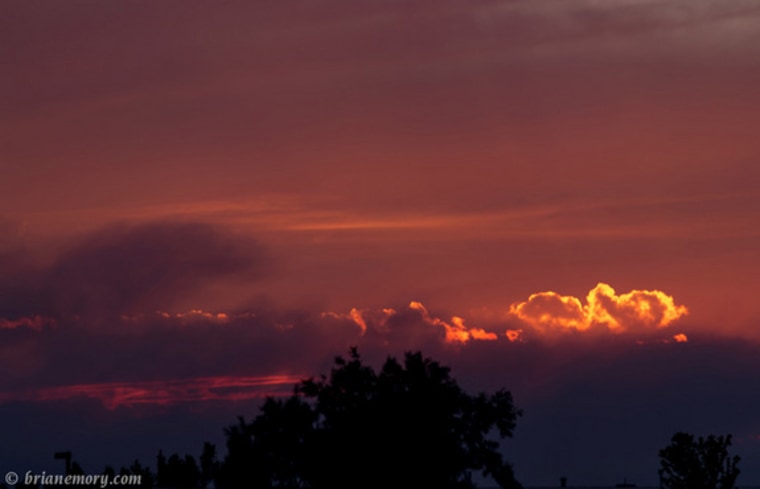Nearly half of the tiny droplets and particles suspended high in the atmosphere over North America come from other continents, an examination of satellite data reveals.
"That is a big number: half. I wasn’t expecting anything like that," study researcher Lorraine Remer of the University of Maryland says in a video released in conjunction with the new study on aerosols.
Specifically, the research team found that 70.5 million tons (64 teragrams) of foreign aerosols — which include naturally occurring dust as well as pollution — arrive over North America every year. Meanwhile, people and natural processes in North America produce 76.1 million tons (69 teragrams) of aerosols on their own, or 52 percent of the total.
There is another surprise as well: The research team, led by Hongbin Yu of the University of Maryland and NASA’s Goddard Space Flight Center, found that most of the aerosols are naturally occurring dust, not man-made pollution such as sulfates produced by the combustion of fossil fuel.
In fact, 88 percent of the foreign aerosols is dust carried across the Pacific Ocean. The remainder, according to the researchers, is either Saharan dust that traveled across the Atlantic Ocean or man-made aerosols, mostly from Asia but some from Europe. [ Earth Quiz: Mysteries of the Blue Marble ]
If you are a resident of North America, it’s unlikely you are breathing much of this stuff, because it arrives high in the atmosphere, not low over the ground.
As dust travels east across the Pacific, the lowest-flying particles fall out. As a result, the elevated levels of dust show up between 1.2 and 3.7 miles (2 to 6 kilometers) above the water by the time the dust has reached the northeastern Pacific, the team writes in the Aug. 3 issue of the journal Science.
This means North Americans still have control over the air they breathe, Remer says.
"As it turns out, we should still keep focused on our own pollution in order to keep our air healthy, because the particles that come from other places come high," she says in the video released by the American Association for the Advancement of Science, which publishes Science.
Aerosols, particularly pollutants, have a cooling effect by blocking the sun’s energy. The researchers write that imported aerosols are likely to have additional effects on North American climate, for instance, by altering cloud formation and precipitation.
Follow Wynne Parry on Twitter @Wynne_Parry or LiveScience @livescience. We're also on Facebook and .
